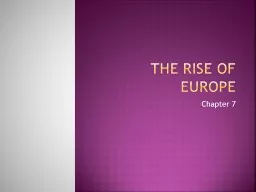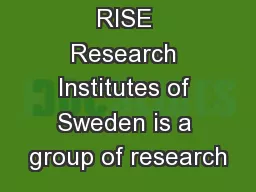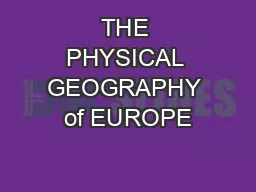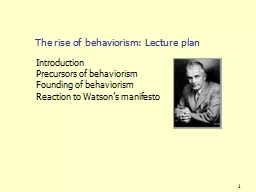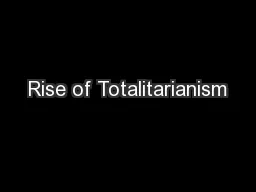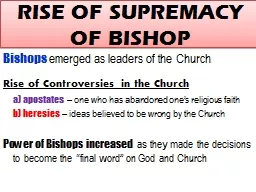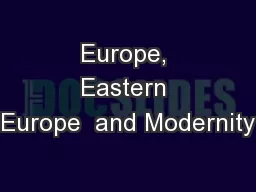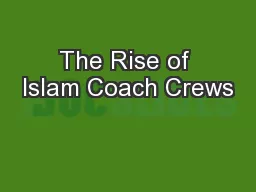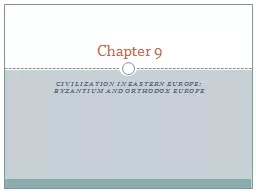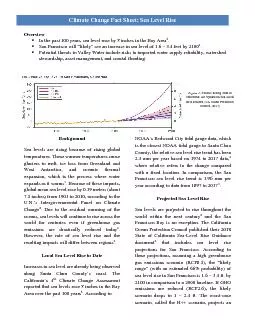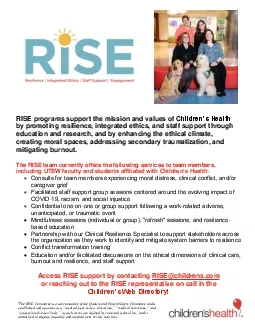PPT-THE RISE OF EUROPE Chapter 7
Author : marina-yarberry | Published Date : 2018-10-22
The Middle Ages Times between ancient and modern 5001500 Medieval culture during the Middle Ages Europe declined during the early Middle Ages for several reasons
Presentation Embed Code
Download Presentation
Download Presentation The PPT/PDF document "THE RISE OF EUROPE Chapter 7" is the property of its rightful owner. Permission is granted to download and print the materials on this website for personal, non-commercial use only, and to display it on your personal computer provided you do not modify the materials and that you retain all copyright notices contained in the materials. By downloading content from our website, you accept the terms of this agreement.
THE RISE OF EUROPE Chapter 7: Transcript
Download Rules Of Document
"THE RISE OF EUROPE Chapter 7"The content belongs to its owner. You may download and print it for personal use, without modification, and keep all copyright notices. By downloading, you agree to these terms.
Related Documents

